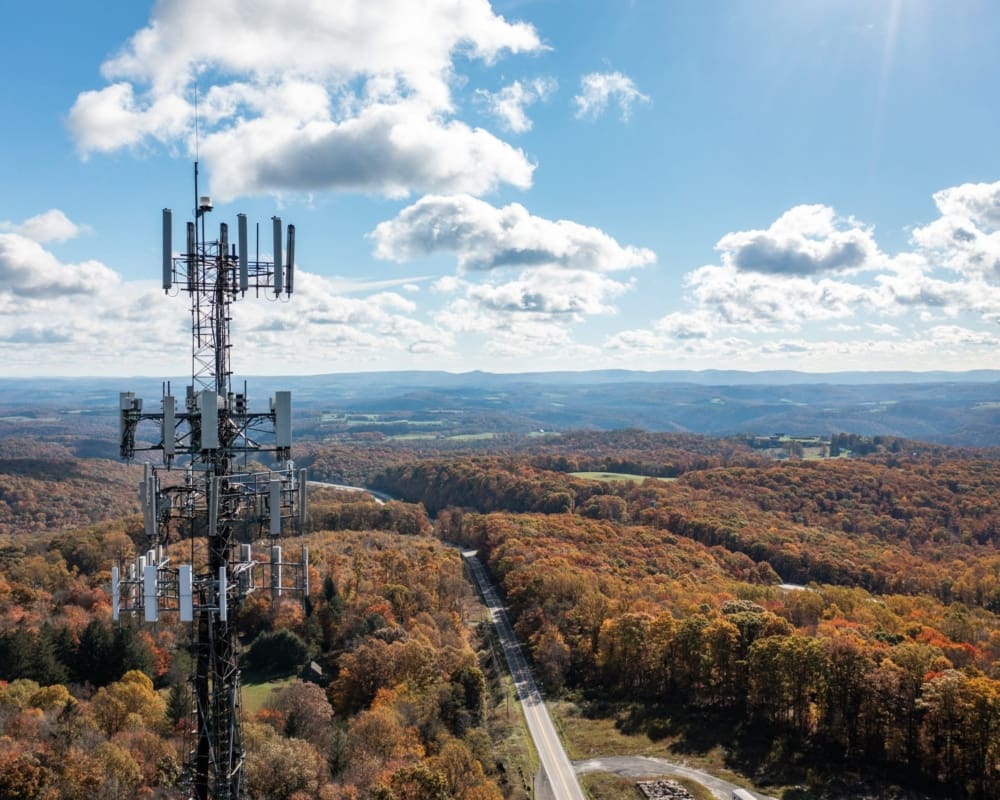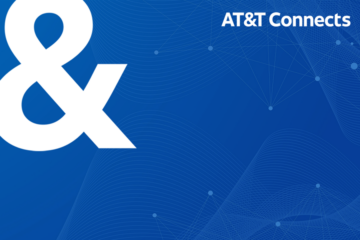Last week, the FCC’s Office of Managing Director announced that the proposed universal service contribution factor for the third quarter of 2022 will be 33.0%, a dramatic increase from 23.8% in the second quarter. If anyone believed that the direct appropriations of ACP and ECF funds would relieve pressure on the overall USF program, this announcement demonstrates that assumption was wrong. Quarterly Lifeline program demand in 3Q22 is almost identical to 3Q19 ($269M vs. $262M) while the quarterly run rate for E-rate is now $607M vs. $420M in 3Q19. The demand on USF remains but the revenue associated with the narrow set of telecommunications and interconnected VoIP services that fund the USF continues to erode, dropping more than 10% from last year. As we have previously noted (also here), this downward revenue trend is not going to change, and thus the factor will continue to grow.
While the ACP has not reduced USF program demand, the Commission and Congress must consider the future of the ACP in the context of USF reform. Congress created the ACP and appropriated $14.2 billion to the program to provide incremental support to low-income families for broadband services. The ACP delivers a $30/month contribution towards the cost of broadband service. The early evidence is that the program is making a significant and material difference in broadband adoption. Over 12 million households now subscribe to ACP, with more households coming into the program weekly.
However, even if only half of all eligible U.S. households sign up for the ACP subsidy, the annual cost of the program will exceed $8 billion per year. ACP’s continued success, in turn, will more quickly deplete the program’s resources. Indeed, our team has projected that the appropriated funds could be exhausted by the end of 2024.
What happens to ACP participants after that is unclear. We have long supported year-over-year direct appropriations to support USF goals, as there is now almost unanimous agreement that broadband is as essential as highways or electricity. But if the ACP funding is not renewed by Congress, the FCC will face an impossible choice: either let the ACP program expire and watch many low-income families disconnect from the Internet; or try to provide funding for some continuation of the program from the already burdened Universal Service Fund.
The current USF budget for ALL its programs is slightly over $8 billion/year. Adding another $8 billion in annual ACP funding would double the size of the fund and push the contribution factor to over 60%. And this does not consider potential increases in high cost and school/library funding that could be needed to maintain the strides taken by the ECF and BEAD programs.
It is beyond time for significant and material USF programmatic reform – reform that considers the role of USF in supporting broadband for all into the future. Before another USF dollar can be spent, we must establish a durable approach to USF funding that will support existing and future demands. All options should be on the table – the FCC must look at the full extent of its current authority to expand the scope of services that contribute to the fund at the same time it seeks broader authority from Congress to overhaul the broken funding system by bringing in new funding sources.
Moreover, we can’t protect the future of USF by looking simply to what has been considered in the past. Or by only expanding to include BIAS when we already know that doing so is unlikely to generate enough support over the long term to maintain an ACP-level benefit or meet new broadband needs. Instead, to guarantee sustainable universal access to broadband, we must expand the responsibility for USF beyond the entities that have traditionally supported it. We need to look at the large edge companies whose internet-dependent business models and financial success is made possible by the availability of broadband. If we want the USF to have a strong broadband future, it’s time to ask these entities to contribute to the support of our collective universal broadband goals.





